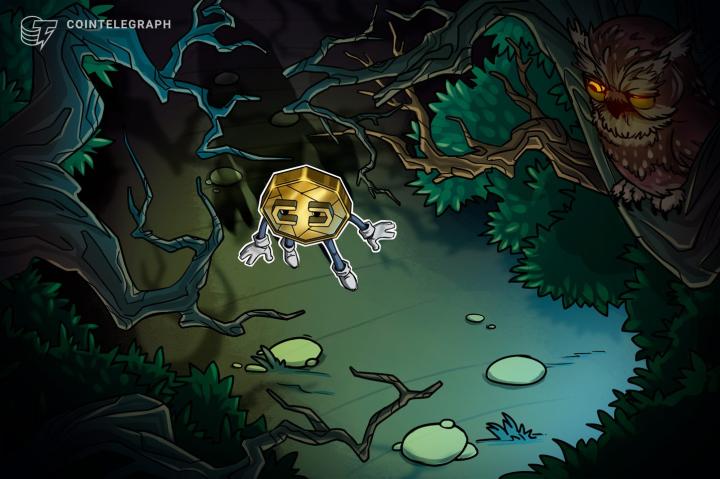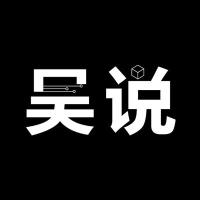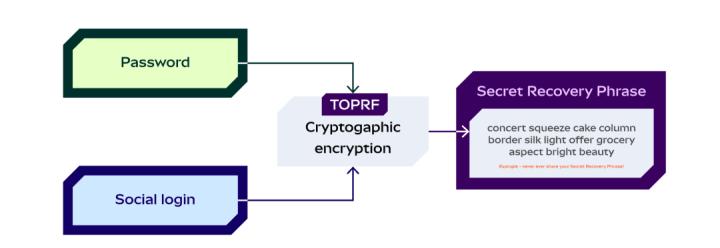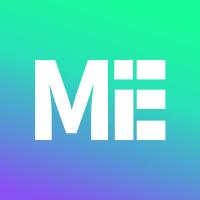The following content is released by JuCoin Labs Research Institute:

GameFi Market Background and Industry Trends
In recent years, the global gaming market has shown strong growth momentum. By 2023, the global number of game players has reached 3.38 billion, with market revenue exceeding $183.9 billion. Among them, emerging markets such as Southeast Asia and the Middle East have become the main growth engines, driving rapid industry development. Meanwhile, the GameFi track has also ushered in an explosive period. The number of blockchain users has exceeded 580 million, and chain games have successfully attracted a large number of Web2 users through the "Play-to-Earn" (P2E) model. However, many projects have fallen into a "death spiral" due to token inflation issues, facing severe challenges. In this context, the industry has exposed many pain points. The traditional P2E model is overly dependent on a single token economy, leading to increased selling pressure after user churn, urgently needing to establish sustainable models and effective user retention mechanisms to maintain healthy ecosystem development.
Evolution Direction of GameFi 3.0
Facing industry challenges, GameFi is evolving towards version 3.0, presenting new development directions. First, the shift from P2E to Co-Earn model, where user roles gradually differentiate into producers, consumers, and promoters, forming a complete economic closed loop. This transformation helps enhance user participation and sense of belonging. Second, the integration of Web2 and Web3 has become a trend. By providing low-threshold entry points, attracting casual players to gradually integrate into the on-chain ecosystem, lowering user entry barriers, and allowing more people to experience the fun of blockchain games. Finally, token economic innovation is also a key feature of GameFi 3.0. Adopting a dual-token system, creating deflationary scenarios, and introducing external value anchoring aim to improve token stability and user trust, thereby promoting long-term ecosystem development. In summary, the rapid growth of the global gaming market and the rise of GameFi complement each other, and the continuous evolution and innovation of the industry will lay a good foundation for future development.
DoggyMiners Project Overview
DoggyMiners is a simulation and cultivation chain game developed using the Unity engine, with its core positioning being to reshape the GameFi ecosystem through the "co-earning economic model".
The project primarily targets three types of users: casual players (Web2 users), capital investors (Web3 users), and community promoters. The game combines a classic match-three gameplay with a mining system, supplemented by a blind box mechanism, balancing both entertainment and profitability. Through a three-party collaborative economic closed loop and diversified token consumption scenarios, DoggyMiners attempts to break through the "death spiral" faced by traditional P2E projects, while using strategies like Telegram viral marketing and multi-platform adaptation to lower user entry barriers and achieve rapid traffic conversion.

Core Highlights of DoggyMiners Project
Revolutionary Co-Earning Economic Model
DoggyMiners achieves a benign economic cycle through the introduction of three-party collaborative roles:
- Mining Users (Paid Tier): By purchasing in-game props to improve mining efficiency, using GOLD tokens to obtain DOGGY rewards.
- Free Users (Production Tier): Utilizing time and skills to obtain in-game resources and sell them to mining users to earn GOLD.
- Community Contributors (Growth Tier): Earning commissions (USDT or mainstream tokens) by inviting new users, thereby expanding the overall user base.
The entire economic cycle logic is: Free users produce resources → Mining users consume resources → Community contributors introduce new users → Ecosystem scale expands → Token demand increases, thus forming a closed loop.
Dual-Token System and Deflationary Mechanism
The project adopts a dual-token design, consisting of GOLD and DOGGY:
- GOLD (Game Currency):
- Function: Used for prop trading, ad payments, and task rewards.
- Deflationary Design: Achieved through prop trade consumption, paid user purchase demand, and total supply cap (10 billion).
- DOGGY (Governance Token):
- Function: Used for cross-game payments, governance voting, and advanced mine output.
- Value Anchoring: Bound to user traffic value (approximately 1 DOGGY corresponds to the cost of 1 Web3 active user), with a partial fee permanently burned mechanism.
Low-Threshold User Conversion Strategy
In user conversion, DoggyMiners has designed a dedicated entry point for Web2 users, emphasizing "zero blockchain knowledge" requirements, allowing players to directly experience the game and gradually become familiar with token and wallet concepts. Paid conversion is mainly achieved through efficiency improvement needs (such as accelerating blind box unlocking) and social incentives (inviting friends to earn DOGGY rewards).
[The translation continues in the same manner for the rest of the text...]- First Stage: Pure gaming experience, playable without a wallet;
- Second Stage: Guiding players to "create wallet and withdraw" through prop trading;
- Third Stage: Invite users to participate in governance voting and unlock more advanced rights.
Overall, DoggyMiners provides a new approach to solving the death spiral in the GameFi field through an innovative co-earning model and dual-token design. Its low-threshold entry, ecological closed loop, and external cooperation demonstrate strong scalability and are worth continuous attention.






